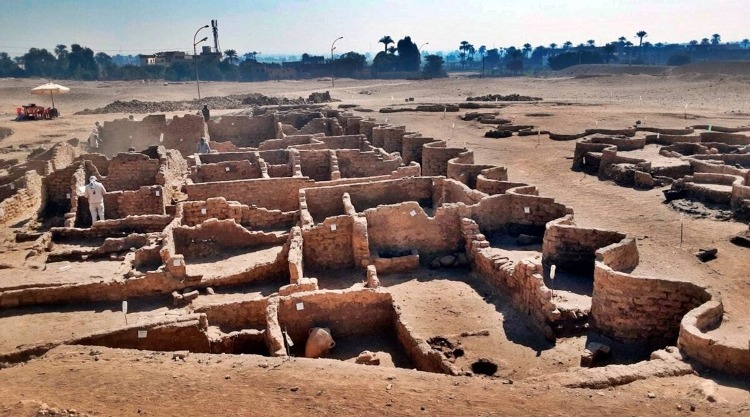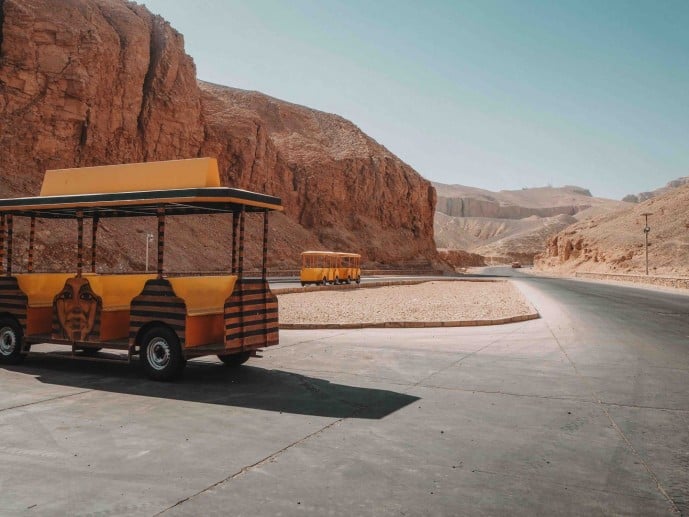Last Saturday, the esteemed archaeologist Zahi Hawwas won a special award for making one of the biggest discoveries in Egypt. Just last year, the archaeologist stumbled upon what is considered the largest ancient city found in Luxor, dubbed the “Lost Golden City.” During their weeks of excavation, mud brick houses began appearing in all directions, ones that were in very good condition to the extent that some rooms housed utensils used 3000 years ago.
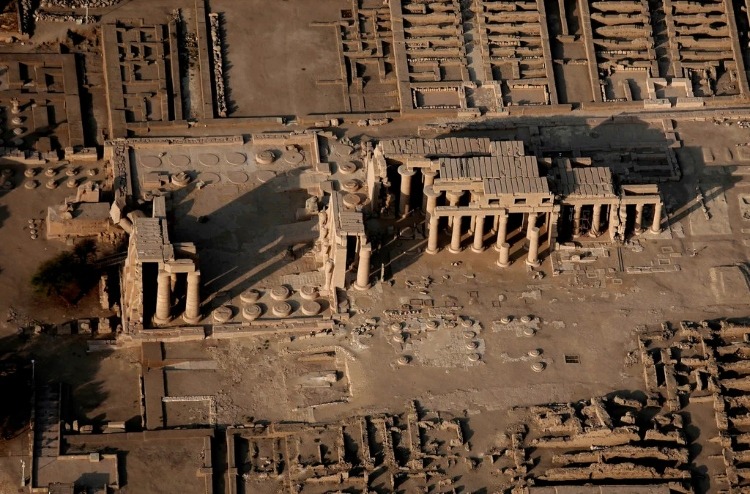
This ancient city is quite special as years ago it was ruled by Amenhotep III, the ninth Pharaoh of the 18th Dynasty and so the remaining remnants of the Pharaoh’s capital city which includes a bakery, kitchen, a few administrative buildings, and even a cemetery give us clues into that age-old time in Egyptian history.
Such a city as Luxor isn’t just home to the “Lost Golden City” but houses an unapparelled amount of ancient Egyptian monuments from temples to necropolises to gigantic statues. With such a drawn-out history it makes sense why it has become a magnet for history buffs and tourists alike. With the weather taking a turn for the better, it’s a great time to drop the ancient city a visit to marvel at its 3000-year-old history.
To help you get the most out of this special city, we have curated a one-day guide on all the must-visit historical spots as well as some unique activities you can try out during your visit.
Soar Above the Nile River On A Hot Air Balloon
Dubbed the “Open Air Museum”, Luxor is the perfect city to explore from the clouds. The best way to start your trip is with a hot air balloon ride so that you get an aerial view of some of Luxor’s iconic landmarks including a few of the stops we have chosen for you to visit like the Karnak Temple.

For the best experience, you will need to wake up quite early as the balloon usually takes off during sunrise. It’s recommended to book the ride in advance by at least one day using any of Luxor’s specialized tour operators like Memphis tours or Adventure tours with prices ranging from 80 to 400 dollars. Whichever one you book, a representative will come to pick you up from your hotel in Luxor, drive you to the edge of the East Bank and from there you will take a motor boat to cross the river and head to the West Bank. Then you’ll be transferred to the take-off area to begin your ride. For 45 minutes you’ll get to soak in the gorgeous view of Luxor’s exquisite temples and glistening Nile river.
Explore the Legendary Karnak Temple
Considered the biggest religious building ever constructed, the Karnak is a special temple built around 2055 BC to honor Egypt’s legendary Gods Amun, Mut, and Khonsu. Over the years, the large, mammoth-like complex was altered and improved by the hands of some of Ancient Egypt’s most prominent pharaohs. Today, it is home to a vast array of temples, pylons, chapels as well as other buildings, it’s so big that we have picked out the main spots you should hit up as well as the route you should take for a shorter, simpler visit.
As the temple is on the East bank, you can take a ferry to cross the river and aim to arrive as early as 7 am to explore the temple and all its glory. Arriving at the temple, your trip will start with a leisurely walk along a long path lined with sphinxes considered symbolic of Amun because of having the head of a Ram.

At the end of the path, you’ll see a pylon, known as a large gate which you should walk through to enter the Great Court, a large open space housing a large double colonnade built by Nubian/Ethiopian King Taharqa. At the left of this court is a very special shrine that is dedicated to the trio of Gods known as the Amun/Mut/Khonsu Shrine. Within its walls, you’ll see etched drawings of Amun as a ram on a barge.
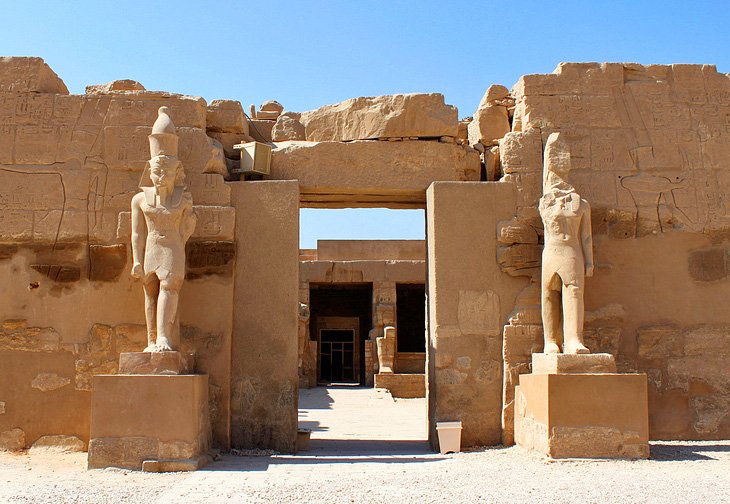
You’ll now need to shift your gaze to the far right of the room for the ultimate historical spot that you cannot miss, the Amun temple built by Ramses III. Within it, you will find statues of the king as Osiris as well as a Hypostyle Hall. At this point, you can end your tour so that you have enough time to visit your next destination, the Valley of the Kings.
See Mummies Firsthand at the Valley of the Kings
Located on the West Bank of the Nile River is the Valley of the Kings considered the final resting place for Ancient Egypt’s most prominent kings of the 18th, 19th and 20th dynasties including Tutankhamun and Ramses II, all housed in exquisitely decorated tombs. The Valley of the Kings is made up of the East and West Valley with the eastern portion housing most of the tombs while the western portion only houses one tomb. For your visit, we’d recommend sticking to the East Valley to witness as many tombs as you can. Following your visit to the Karnak temple, you should aim to arrive at the Valley at 1 or 2 pm as by then, the rooms housing each tomb will be less crowded.
How to Get There
The easiest way to travel from the Temple of Karnak located on the East Bank to the West Bank’s Valley of the King is by hiring a taxi. The drive will take about 50 minutes as you will have to cross the Luxor bridge. A second option would be to take a ferry across the Nile and then from there hire a taxi to take you to the Valley. Once there, your trip will begin at the visitor center where you’ll need to buy your entrance ticket which costs about 10 dollars. From there, you’ll go on a three-minute tram ride to reach the entrance of the tombs.
What You’ll See
The Valley is known to hold 65 tombs but not all of them are open to the public. With your entrance ticket, you have the choice of visiting three tombs from a list of eight that include Ramesses VII, Ramesses IX, Merenptah, Ramesses III, Tausert-Setnakht, Seti II, Ramesses I, and Siptah. With an extra ticket, you can visit three other tombs that include Ramses V & VI for 100 EGP, Seti I for 1000 EGP, and Tutankhamun for 300 EGP.
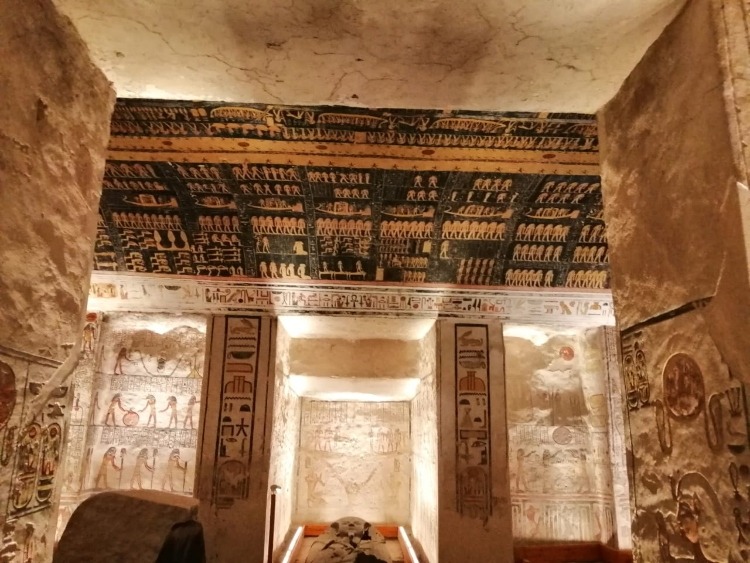
For each tomb, there will be an entrance hallway that ends at a larger chamber. Some of these hallways are longer than others and would be decorated with detailed artwork. Expect to spend at least 10 minutes in each room where you’ll get to see the intricately decorated tomb dedicated to each King as well as walls carved with beautiful illustrations, telling stories of Egypt’s ancient civilization.
Once you have visited all the tombs which may take you from an hour and a half to two hours, you’ll need to start moving to your next destination: the Mummification Museum.
Get Your Dose of Mummified Knowledge
Time to step back in time to unravel the intricate rituals and steps behind the infamous mummification process by hitting up Luxor’s Mummification Museum which sits along Luxor’s Corniche. You can easily end your day at this museum as after closing at 1 pm it re-opens from 5 to 8 pm allowing for a late-night visit. Make sure to get your ticket from the entrance booth which should cost about 8 dollars.
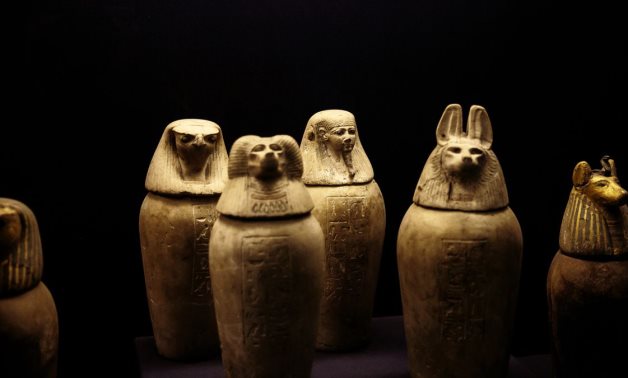
On entering the museum, presiding over its entrance, you’ll notice a statue of the jackal god, Anubis. Inside the museum will be a collection of separate halls including the Hall of Artifacts and the Lecture Hall. We’d recommend sticking to the Hall of Artifacts as it is where all the tools and objects related to mummification will be found. In that hall, you’ll get to see cool mummification tools including the spoon used to scrape the brain out of the skull as well as Canopic jars, amulets and coffins. You can also check out their ancient tablets that are inscribed with the funerary journey that the deceased would take from death to burial. After exploring all its artifacts that is when your one-day tour will have come to an end.
To get a more immersive experience of all that Luxor has to offer, we would recommend extending your visit and going for a 2 or 3-day stay but for now, if you only have one day to spare, the guide should help you experience as much as you can of Luxor’s rich history and legendary civilization.


